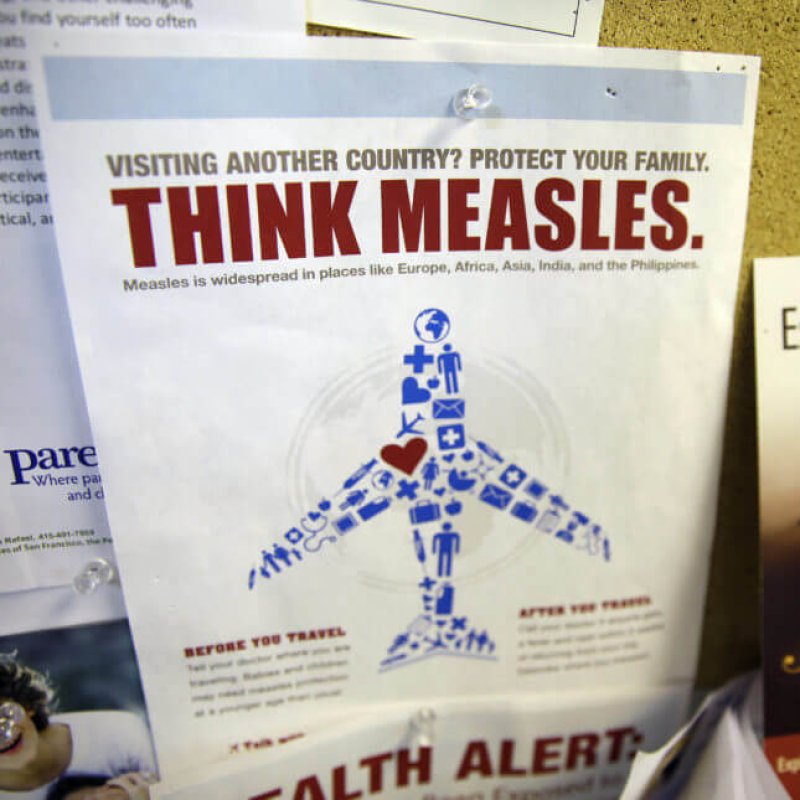On June 5, the number of measles cases in the U.S. this year passed 1,000, a milestone the country last reached in 1992. There’s little doubt, in most circles, about the source of this resurgence: It’s the anti-vaxxers’ fault.
…
The numbers tell a different story, though. As I’ve noted here in Slate, U.S. vaccination rates for measles aren’t really plummeting. In fact, they’ve been very stable over many years, at around 91 or 92 percent of the population.
…
Here’s a simpler, more convincing explanation for the sudden surge of measles: Much bigger outbreaks overseas have been spilling over to our shores. More than 66,000 cases have been registered in Europe since the start of the year, and there have been alarming flare-ups in parts of Africa and Asia, too. These crises have in turn set off the ones we’re seeing here.
…
As vaccination rates go up, measles cases start to disappear; then, as the illness gets rarer, resistance wanes among those who can’t or won’t get immunized. The next outbreak yields a surge in cases, which leads to more resistance overall and higher vaccination rates.
…
Given current, insufficient levels of protection, periodic measles epidemics are more or less to be expected.
Read full, original post: The Anti-Vaxxer Movement Isn’t Really Growing































